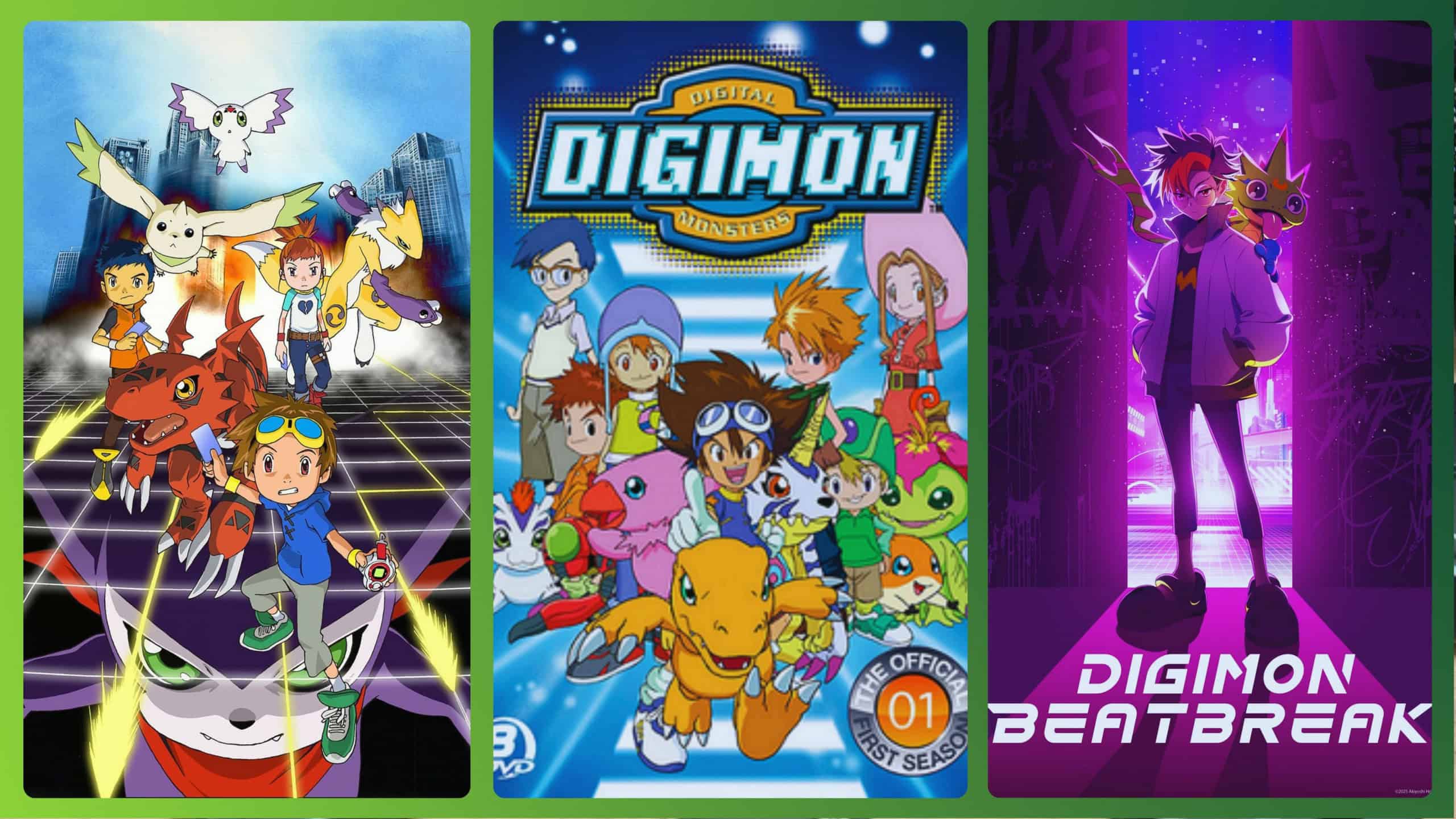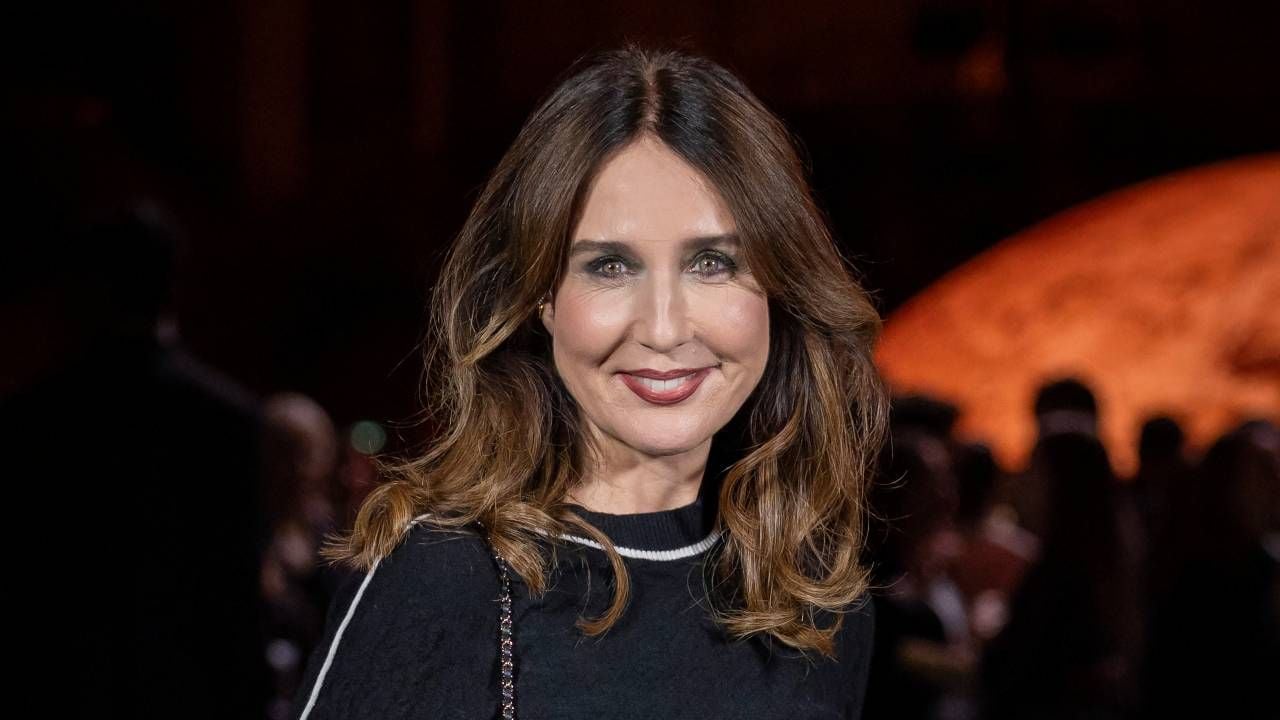We sneak into the Pixar studios to tell you how animated films are made, from the original idea to the final product
At the end of March we had the opportunity to spend a day at the Pixar studios in San Francisco and chat with those responsible for ‘Elemental’, the next film that will be released this summer by the animation company.
From its director, Peter Sohn, to the animation team led by Gwen Enderoglu and Allison Rutland, Those responsible for the next Disney Pixar animated film told us step by step about the entire process of how a film of these characteristics is built, from the original idea to its premiere on the big screen.a path followed by all of the studio’s original films since they shocked the world and changed digital animation forever with ‘Toy Story’ in 1995.
In case you ever wondered, we have compiled everything that was revealed to us at Pixar and we have built a chronology of all the steps that a project follows from its approach to its completiontaking as an example a sequence of ‘Elementary’.
This Is How Pixar Animated Movies Are MadeStep by Step:
Step 1: Storyboard

One of the first steps in the production process to start creating the sequences is to draw storyboards. The artists sketch out the keys to the sequence, suggesting possible positions on stage, camera angles, and character poses.
This sequence is called “Mineral Lake”, and this specific storyboard was drawn by Director Peter Sohn. The story team turned in 1,627 storyboards in multiple passes for this sequence, with 227 storyboards represented in the final film version of the final scene. A total of 97,760 storyboards were made for the entire film.
Step 2: Concept Art

Once the plot of a sequence is determined, production design (don shank) and the art department create the concept art to determine the look and feel of the film. This piece of concept art was created by artist Lauren Kawahara and shows the exploration of color and design for Element City.and how the characters interact in these spaces, including the scale and small details within the main setting of the film.
Step 3: Composition

Using the digital preview (“pre-vis”) as a starting point, the composition team establishes the staging of each sequence, as well as the composition and camera movement of each shot. The design team works closely with the film’s director and editor to determine the sequence and timing of shots to tell the story most effectively. In collaboration with the other teams, layout reels form a visual template of how the final movie will look and feel.
Step 4: Animation

The animation team led by Gwen Enderoglu and Allison Rutland He manipulates the “pre-vis” model to find the moves, and then computer simulations kick in to make the character look and feel like his element. For Nilo (aquatic character), the surface of his figure is covered by the digital simulation of water, so his skin can ripple and react to movement. But in the case of Candela (character of fire), the team replaced the model entirely with several layers of pyrotechnic simulation, so that she feels more gassy and less skeletal. This moment shows the contrasting physical appearances of Nilo and Candela simultaneously standing out and blending in with their surroundings, to show the beauty of their differences and their developing connection..
Step 5: Visual Effects

The special effects department led by Sanjay Bakshi combine the images of the film with complex effects such as rain, fire, mud, dust, smoke or electricity. These help convey a mood or basic elements to support the story. However, in ‘Elemental’ the characters are dynamic and simulate themselves; each character is essentially a visual effect. The movement and appearance of the effects had to be caricatured in a way that was appealing and connected to the emotions the characters were feeling.. Doing so required the creation of new technology.
Step 6: Backgrounds and settings

production designer don shank and his team referenced various real cities to capture the essence of Element City. The art and sets teams looked at major cities around the world, particularly those based on canal systems like Venice and Amsterdam.. Since Element City was founded by water elements, a canal system serves as the central means of transportation, though each element has introduced its own methods of moving around the city over the years.
Step 7: Lighting and Final Image

The lighting department (where the Spanish works nestor benedict) helps to integrate all the production elements of the film (characters, sets, effects, etc.) and characters into a fully realized final image.
In ‘Elemental’ they had the difficult challenge of making water look like water and fire like fire.. After the effects team did their part to get the movement just right, the shot goes over to the lighting department to make sure the light bouncing off the water ripples and flames looked just right. Then, illuminated images are rendered at high resolution to produce the final image.
Source: Fotogramas
Rose James is a Gossipify movie and series reviewer known for her in-depth analysis and unique perspective on the latest releases. With a background in film studies, she provides engaging and informative reviews, and keeps readers up to date with industry trends and emerging talents.






